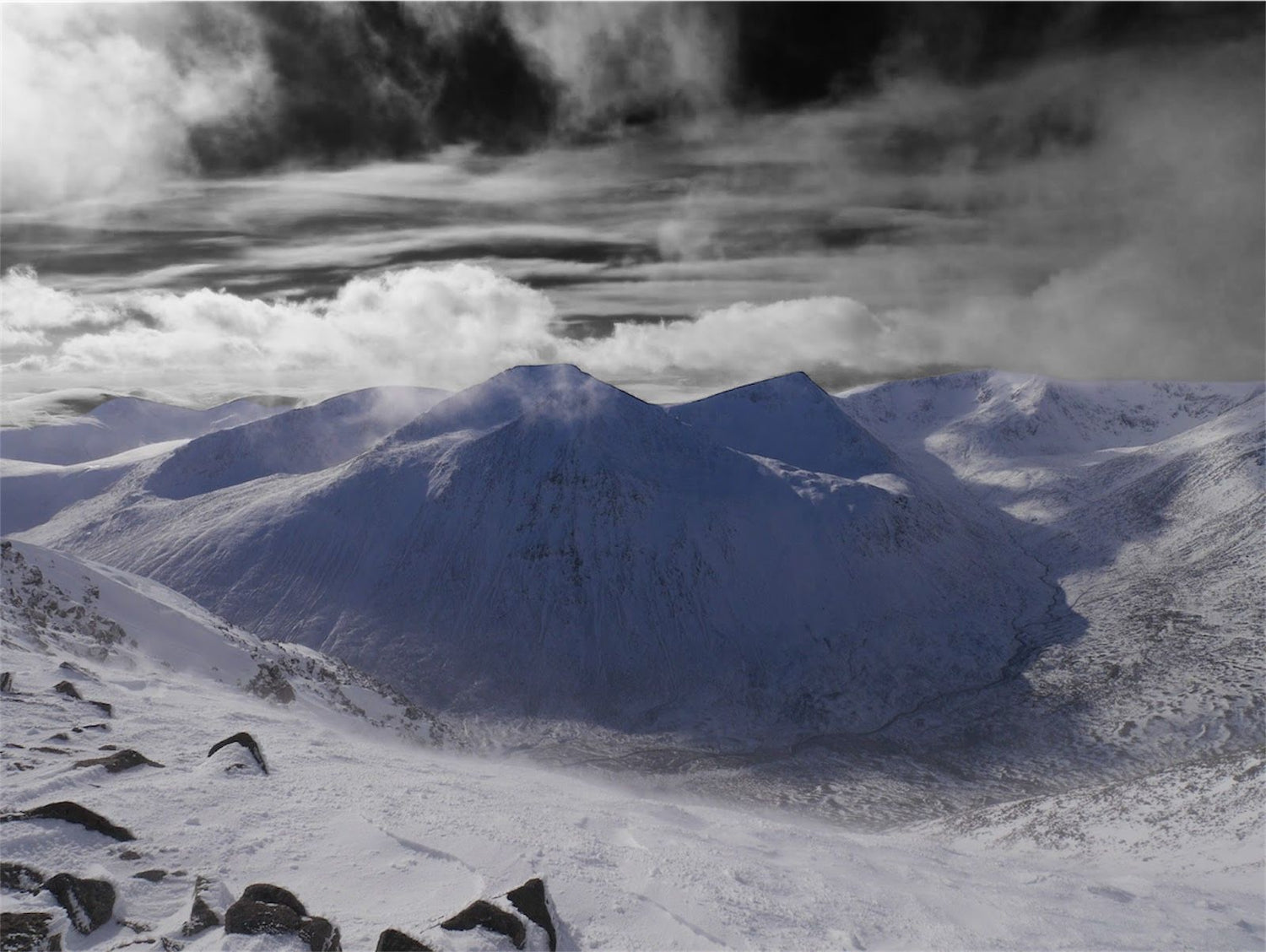Deaths & Injuries in the Welsh Mountains: Why Education Matters on Routes Like Crib Goch
Published by Mark Lane, Founder
Wales is home to some of Britain’s most inspiring landscapes—Eryri (Snowdonia) in the north and Bannau Brycheiniog (Brecon Beacons) in the south. With the drama comes danger. Every year, Welsh mountain rescue teams respond to hundreds of incidents ranging from simple lower-leg injuries to technical cliff recoveries and, tragically, fatalities. In 2024 alone, Llanberis Mountain Rescue—covering Yr Wyddfa/Snowdon—was among the busiest in the UK, handling well over 300 callouts, with similar volumes again in 2025. These numbers underline a clear message: education, preparation, and honest route choice save lives.
The reality on the ground: frequent callouts, serious consequences
Mountain Rescue England & Wales (MREW) reports thousands of calls each year across England and Wales, with Eryri consistently a hotspot. Recent summaries highlight just how stretched teams can be during peak seasons, with Llanberis and neighbouring Ogwen Valley responding to hundreds of incidents between them. The busiest months tend to be late spring and summer, but rescues happen year-round, especially when weather swings catch people out.
Among the most sobering reminders are individual tragedies that make the news. In February 2025, a climber died after a fall on Tryfan’s North Ridge, one of Eryri’s most serious classic scrambles, reinforcing how quickly a day can turn. These incidents are not statistics on a screen; they are real people, real families, and real volunteers who go out in all conditions.
Why Crib Goch is different
Crib Goch, the knife-edge ridge on the Snowdon Horseshoe, is a magnet for adventure. In good summer conditions it’s “only” a Grade 1 scramble, which can lure confident hikers into underestimating it. But the ridge is extremely exposed, with steep drops either side and committing pinnacles to negotiate. The technical moves are not gymnastic; the exposure is the problem. In poor visibility, wind, rain, verglas or winter snow and ice, difficulties escalate dramatically, and a simple slip can be catastrophic.
Multiple analyses and guides point out that Crib Goch sees fatalities most years—typically between one and three—some on the approach or descent rather than the ridge itself. This is not scaremongering; it’s a reason to pause at the planning stage and decide whether the route truly matches your skills, experience, and the day’s conditions.
Weather, skills and the “AdventureSmart” mindset
Welsh mountains amplify weather. Forecasts can deteriorate in hours; cloud base drops, winds funnel through cols, and rain or hail turns rock into soap. The official safety messaging in Eryri is simple and powerful: ask yourself three questions—Do I have the skills? Do I know the weather? Do I have the right gear? Build your plan around those answers, not around a social-media photo or a bucket-list tick.
A few practical takeaways for Eryri and Bannau Brycheiniog:
-
Pick the right route for the day. If winds are high or cloud is down, swap Crib Goch for a safer Yr Wyddfa path (e.g., Llanberis Path) or choose a lower objective entirely.
-
Treat scrambles like scrambles. Hands-on ground means a slip can be serious. Helmets, grippy footwear, and the ability to reverse moves matter on Crib Goch, Tryfan, Bristly Ridge, and Y Gribin.
-
Winter rules are different. In snow/ice, Grade 1 summer scrambles become winter mountaineering. Without axe/crampons and the skill to use them, don’t go.
-
Carry comms and a torch. Signal can be patchy; a power bank and headtorch buy you options if timings slip. Local teams repeatedly highlight how often simple kit prevents callouts.
Tryfan, the Glyderau and beyond: notorious but navigable with knowledge
Outside the Snowdon Horseshoe, other Welsh classics see frequent incidents. Tryfan’s North Ridge is grade-1 but relentless and route-finding-intensive. Bristly Ridge and the Glyderau link-ups add exposure and complexity. Each year, Ogwen Valley Mountain Rescue logs scores of rescues here—twisted ankles on scree, benightments after navigational errors, and occasional serious falls. The pattern is consistent: experience and conditions determine outcomes.
In Bannau Brycheiniog, Pen y Fan and the surrounding high ground can be deceptively serious in winter. Military training tragedies have long underscored how heat, cold, and pace management can become life-threatening even on “non-technical” hills.
Education is the best safety kit
Ocio Montaña’s mission is about opening the outdoors to more people—safely and confidently. For Welsh mountain days, that means:
-
Route research, not just a GPX. Read authoritative descriptions and understand crux sections (e.g., Crib Goch pinnacles, Tryfan’s route-finding) before you go. If the crux sounds beyond you, it probably is—choose differently.
-
Weather literacy. Check multiple forecasts (including mountain-specific forecasts), and think about what the previous few days of weather mean for underfoot conditions. If in doubt, dial it down.
-
Navigation that works offline. Phones are brilliant, batteries are not. Map and compass skills remain foundational in Eryri’s complex terrain and fast-moving cloud.
-
Objective self-assessment. Fitness, head for heights, and scrambling experience matter more than summit fever. Turning back is a skill, not a failure.
-
Professional instruction helps. For Crib Goch, Tryfan, winter skills, or moving together on scrambling terrain, consider hiring a qualified instructor before you commit. (Many accidents involve competent hillwalkers stepping onto technical terrain for the first time.)
Plan well, go prepared, come back proud.
Ocio Montaña—helping you explore safely and confidently.
Explore without limits!



